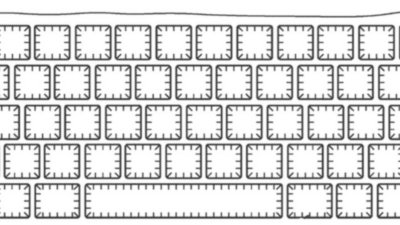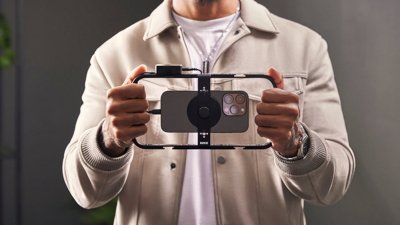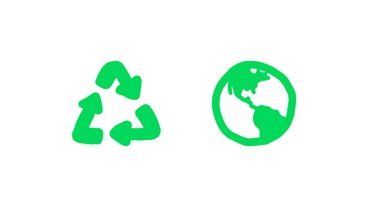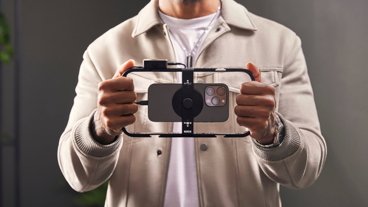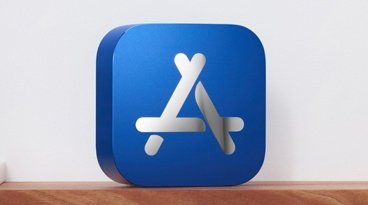Wired on the untold history of the iPhone
In a special 4-page report titled "How the iPhone Blew Up the Wireless Industry," technology magazine Wired delves deep into the origins of Apple's iPhone project, revealing a slew of previously undisclosed details surrounding the multi-year development of the device.
"To make sure the iPhone didn't generate too much radiation, Apple built models of human heads — complete with goo to simulate brain density — and measured the effects," wrote Wired's Fred Vogelstein. "To predict the iPhone's performance on a network, Apple engineers bought nearly a dozen server-sized radio-frequency simulators for millions of dollars apiece."
It all started after a failed partnership with Motorola that gave way to clunky and cumbersome ROKR handset capable of playing back iTunes. At that point, Apple chief executive is reported to have known that he would need to take matters into his own hands.
According to the report, he got together with Cingular in February of 2005 to discuss a Motorola-free partnership. It was a top-secret meeting in a midtown Manhattan hotel, where the Apple co-founder laid out his plans before a handful of Cingular senior execs, including wireless chief Stan Sigman.
During the meeting, Jobs reportedly delivered a three-part message to Cingular: Apple had the technology to build something truly revolutionary, "light-years ahead of anything else." Apple was prepared to consider an exclusive arrangement to get that deal done. But Apple was also prepared to buy wireless minutes wholesale and become a de facto carrier itself.
Jobs had reason to be confident, according to Wired, as Apple's hardware engineers had spent about a year working on touchscreen technology for a tablet PC and had convinced him that they could build a similar interface for a phone.
But Jobs was seeking flexibility from Cingular that was unheard of in the cellular industry, at least at the time. Negotiations over features, revenue share and marketing arrangements would reportedly take more than a year, with Sigman and his team repeatedly wondering if they were ceding too much ground.
At one point, Jobs is said to have pitched his ideas and demands to some executives from Verizon, who promptly turned him down.
By Thanksgiving of 2005, eight months before a final agreement was signed, Jobs decide not to wait for the finer points of the deal with Cingular to be worked out, and instead instructed his engineers to work full-speed on the project.
As was first reported by AppleInsider in December of 2006, Wired notes that Apple originally built a prototype of a phone, embedded on an iPod, that used the clickwheel as a dialer, but it could only select and dial numbers — not surf the Internet. So, as the story goes, in early 2006, just as Apple engineers were finishing their yearlong effort to revise OS X to work with Intel chips, Apple began the process of rewriting OS X again for the iPhone.
Through it all, Jobs is said to have maintained the highest level of secrecy. The project, internally known as P2 (short for Purple 2), succeeded an abandoned iPod phone initiative dubbed Purple 1. Teams were reportedly split up and scattered across Apple's Cupertino campus. "Whenever Apple executives traveled to Cingular, they registered as employees of Infineon, the company Apple was using to make the phone's transmitter," Wired claims.
According to the technology mag, even the iPhone's hardware and software teams were kept apart: Hardware engineers worked on circuitry that was loaded with fake software, while software engineers worked off circuit boards sitting in wooden boxes.
By January 2007, when Jobs announced the iPhone at Macworld, only 30 or so of the most senior people on the project had seen it.
AppleInsider highly recommends that readers check out Wired's piece in its entirety.
 AppleInsider Staff
AppleInsider Staff

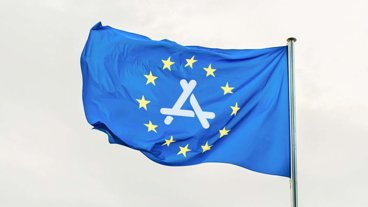
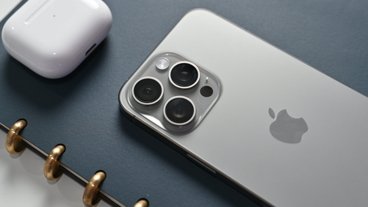
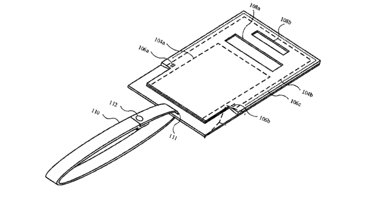





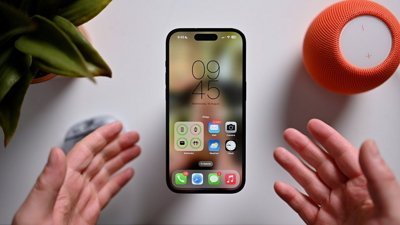
 Malcolm Owen
Malcolm Owen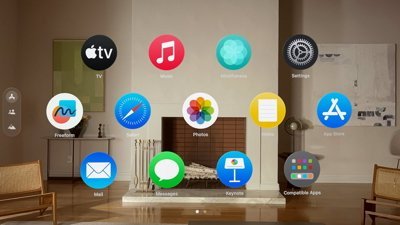
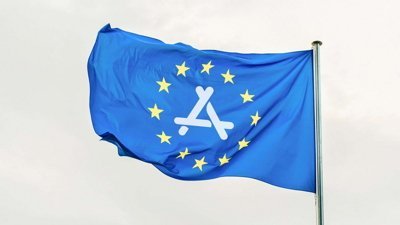
 William Gallagher
William Gallagher
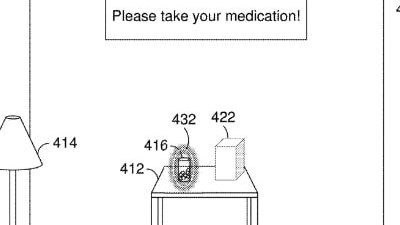
 David Schloss
David Schloss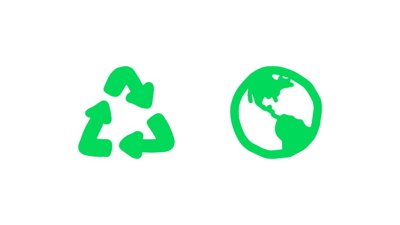
 Amber Neely
Amber Neely